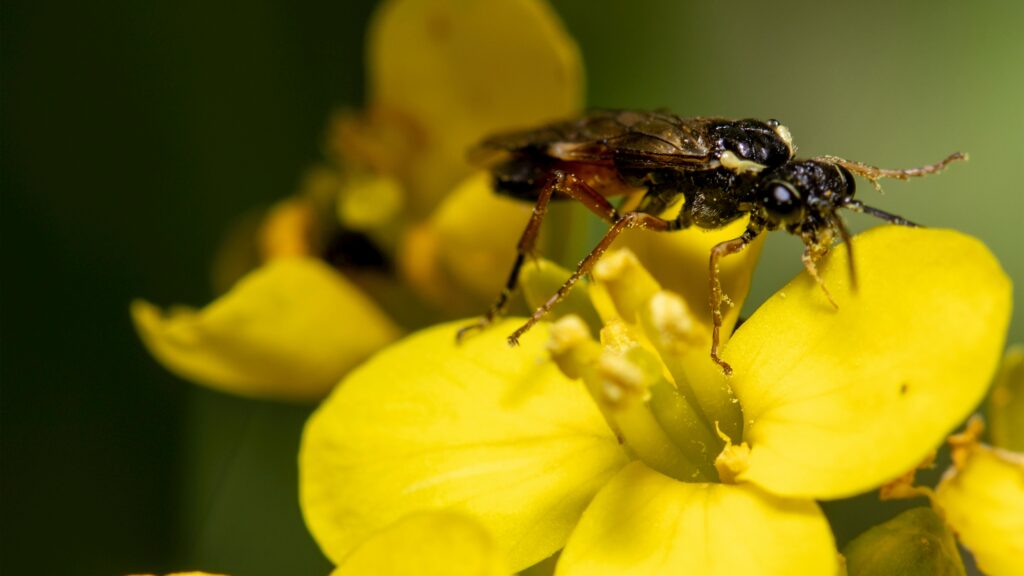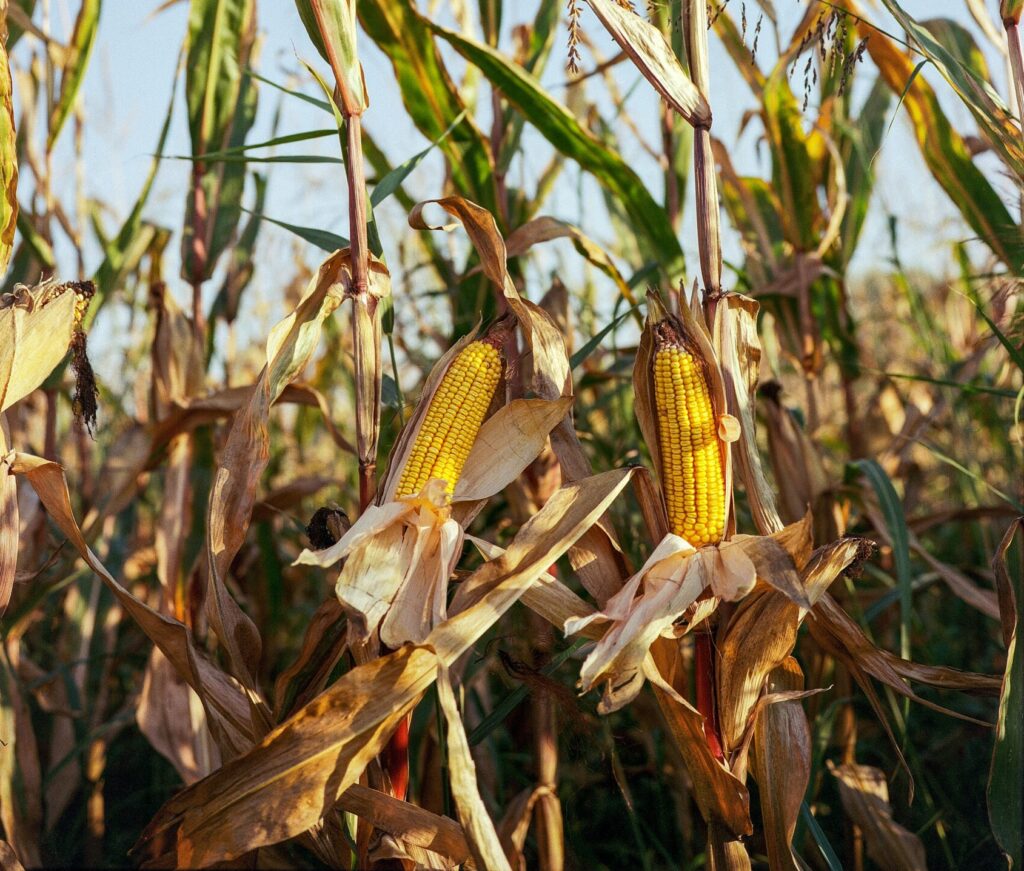Types of Indoor Gardening
Indoor gardening comes in many forms, allowing you to grow plants inside your home, no matter how much space you have. Here are some popular types of indoor gardening:
Container Gardening
Container gardening involves growing plants in pots, containers, or any other vessel that can hold soil. It’s perfect for small spaces and allows you to move your plants around easily.
Common Plants: Herbs like basil and mint, small vegetables like tomatoes and peppers, and decorative flowers like orchids.
Benefits: Flexible, space-saving, and easy to manage.
Hydroponic Gardening
Hydroponic gardening is a method of growing plants without soil. Instead, plants grow in a nutrient-rich water solution. This type of gardening is highly efficient and allows for faster growth.
Common Plants: Lettuce, spinach, herbs, and strawberries.
Benefits: Uses less water, faster growth, and no soil mess.
Vertical Gardening
Vertical gardening uses vertical space to grow plants. This is ideal for small homes or apartments where floor space is limited. You can use shelves, wall-mounted planters, or special vertical gardening systems.
Common Plants:Climbing plants like ivy, small vegetables like peppers, and flowering plants like petunias.
Benefits: Maximizes space, creates a green wall effect, and is visually appealing.
Terrarium Gardening
A terrarium is a small, enclosed garden, usually kept in a glass container. It creates a mini-ecosystem that’s easy to care for, making it perfect for beginners.
Common Plants: Succulents, mosses, and small ferns.
Benefits: Low maintenance, decorative, and great for small spaces.
Aquaponic Gardening
Aquaponics combines hydroponics with aquaculture (raising fish). The fish waste provides nutrients for the plants, and the plants help clean the water for the fish. It’s a sustainable and self-sufficient system.
Common Plants:Leafy greens like lettuce, herbs, and flowering plants.
Benefits: Eco-friendly, sustainable, and provides both plants and fish.
Herb Gardening
Herb gardening focuses specifically on growing herbs indoors, often in small pots or containers. It’s practical for those who enjoy cooking with fresh herbs.
Common Plants: Basil, thyme, parsley, rosemary, and cilantro.
Benefits: Fresh herbs for cooking, compact, and easy to grow.
Indoor Edible Gardening
This type of gardening focuses on growing edible plants indoors. You can grow fruits, vegetables, and herbs right in your kitchen or living room.
Common Plants: Tomatoes, peppers, strawberries, and salad greens.
Benefits: Fresh produce year-round, convenient, and healthy.
Windowsill Gardening
Windowsill gardening involves placing small pots or planters on your windowsills, where they can get plenty of natural light. It’s perfect for apartments or homes with limited space.
Common Plants:Herbs, succulents, small flowers, and cacti.
Benefits: Space-saving, easy access to sunlight, and decorative.
Indoor Flower Gardening
Indoor flower gardening focuses on growing decorative flowers inside your home. It’s a great way to add color and fragrance to your living space.
Common Plants: Orchids, African violets, peace lilies, and begonias.
Benefits: Aesthetic appeal, pleasant aromas, and brightens up any room.
Artificial Light Gardening
If you don’t have much natural light, you can use grow lights to help your plants thrive. This type of gardening allows you to grow a wide variety of plants indoors, regardless of the natural light available.
Common Plants: Vegetables, herbs, and flowering plants.
Benefits: Grows plants in any room, extends growing season, and supports a wide variety of plants.
Indoor gardening offers a variety of methods to suit different spaces, preferences, and goals. Whether you want to grow herbs on your windowsill, create a vertical garden, or experiment with hydroponics, there’s a type of indoor gardening that’s perfect for you. Start with the method that best fits your space and lifestyle, and enjoy the many benefits of bringing greenery into your home.
















